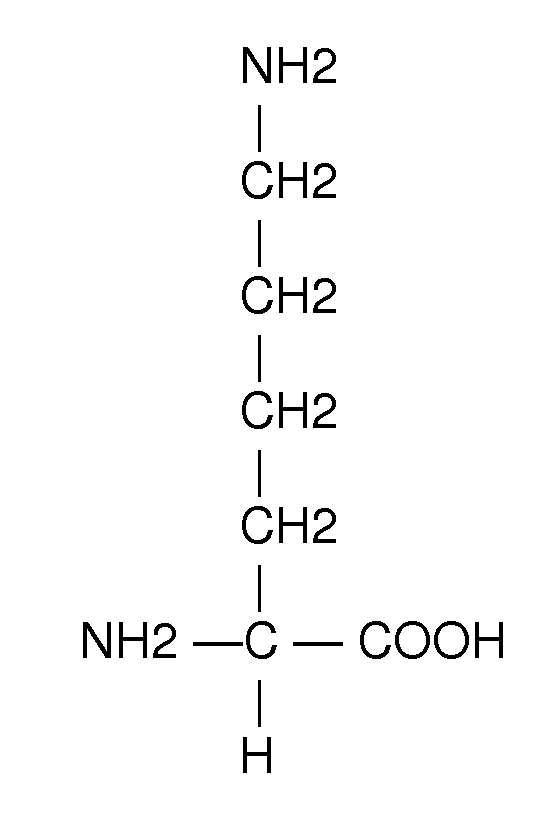Method of treating fetal growth retardation and placental ischaemia and insufficiency
a technology of placental ischaemia and fetal growth retardation, which is applied in the field of mammals to treat fetal growth retardation and placental ischaemia and insufficiency, can solve the problems of impaired igg, poor to no prenatal care, and intrauterine growth retardation (iugr), and achieves no adverse effects, limited adverse effects, and enhanced angiogenesis
- Summary
- Abstract
- Description
- Claims
- Application Information
AI Technical Summary
Benefits of technology
Problems solved by technology
Method used
Image
Examples
example 1
Oligo-Lysine and D-Lysine Induced Cell Growth and Angiogenesis In-Vitro and In-Vivo
[0074] Lysine induced repair process depends on the ability of the amino acid / derivative(s) to induce rapid and controlled cellular expansion, both in-vitro and in-vivo. The phenomenon is probably based on the ability of the molecule(s) to act as the cell surface concentrator(s) of circulating growth factor(s). The rapid angiogenic property of the molecule(s) is also entirely dependent on the same phenomenon, where angiogenic factors are concentrated, locally, on the endothelial cell surface receptors, mediated by the molecule(s) working, possibly, as molecular bridges. Oligo-lysine and d-lysine are equally effective (as l-lysine) in inducing rapid cellular growth in-vitro (FIG. 3) and angiogenesis in-vivo.
example 2
Treatment of Intrauterine Growth Retardation
[0075] Method: After diagnosis of IUGR and following admission to the antenatal ward, l-lysine HCl injection was given to patients under strict supervision, with proven growth restricted pregnancies due to placental insufficiency, as part of a controlled trial, in a dose schedule of 1 gram, 4 times a day for 7 days through intravenous route. Their PI (Pulsatility Index) and RI (Resistance Index) was measured before and after giving I.V. l-lysine HCl injection.
[0076] Result: Improved Doppler velocimetry in the umbilical artery and middle cerebral artery was observed following lysine therapy compared to control in cases of growth restricted pregnancies due to placental insufficiency. There were significant fall of PI and RI of umbilical artery in proven cases of placental insufficiency leading to IUGR compared to control.
[0077] Conclusion: L-lysine HCl injection (and possibly all other tangible salts of the amino acid, along with the d-is...
PUM
| Property | Measurement | Unit |
|---|---|---|
| time period | aaaaa | aaaaa |
| structure | aaaaa | aaaaa |
| resistance | aaaaa | aaaaa |
Abstract
Description
Claims
Application Information
 Login to View More
Login to View More - R&D
- Intellectual Property
- Life Sciences
- Materials
- Tech Scout
- Unparalleled Data Quality
- Higher Quality Content
- 60% Fewer Hallucinations
Browse by: Latest US Patents, China's latest patents, Technical Efficacy Thesaurus, Application Domain, Technology Topic, Popular Technical Reports.
© 2025 PatSnap. All rights reserved.Legal|Privacy policy|Modern Slavery Act Transparency Statement|Sitemap|About US| Contact US: help@patsnap.com



